115 Years, 115 Impactful Moments
Click to play USC Viterbi's 115th anniversary trivia game
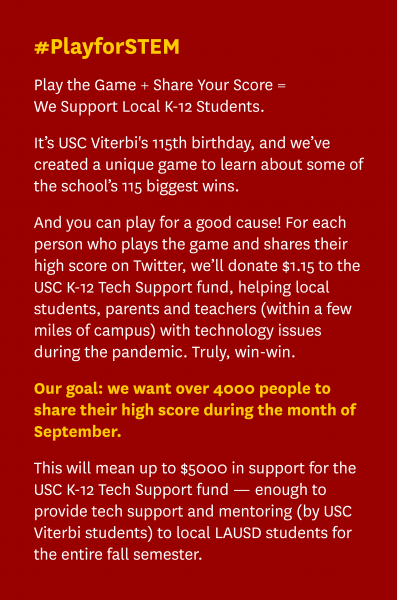 In 1905, USC offered its very first engineering courses out of the physics and mathematics departments.
In 1905, USC offered its very first engineering courses out of the physics and mathematics departments.
One hundred and fifteen years later, the USC Viterbi School of Engineering has a name and a host of accomplishments over the ensuing 11.5 decades.
This past May, Dean Yannis Yortsos, working with USC Viterbi vice deans, chairs, and select senior faculty, sought to identify 115 amazing USC Viterbi accomplishments by faculty, students and alumni over that span of time. This list would span all eight departments, the famed USC Information Sciences Institute and various programs of the school.
This list, like many of its kind, suffers from a clear recency bias. It is by no means the definitive list of all the USC Viterbi School’s noteworthy accomplishments! However, despite these limitations, perhaps it will serve as a helpful primer on what George Bekey, USC Viterbi professor emeritus, once called the school’s “remarkable trajectory.”
Test your knowledge of these USC Viterbi “wins” in a “Who Wants To be A Millionaire”-style interactive game above.
Or, for those who prefer to dive right in…the full list of 115 accomplishments for 115 years awaits.
1941-1960
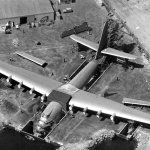
In 1953, Hughes Aircraft contracted with USC to offer master’s-level instruction to its staff engineers under the Cooperative Engineering Program. This partnership grows to include the launch of the university’s first distance education program in 1968-1972.
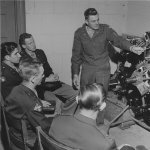
During World War II, USC became a major center for Engineering Science and Management War Training in 1942. Under the leadership of Dean Robert Vivian, some 50,000 students came through the government-sponsored program, the largest single-campus effort of its kind in the country.
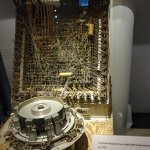
In 1950, Irving Reed and associates demonstrate Northrop’s MADDIDA, one of the world’s first digital computers, to John von Neumann at Princeton.
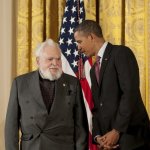
In 1955, Sol Golomb publishes a classic paper on shift register sequences, key to creating digital signals that can be easily detected in noisy environments.
The basis of this research was cited in Prof. Golomb’s U.S. National Medal of Science.
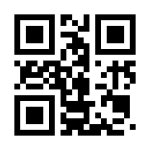
In 1959, Irving Reed and Gustave Solomon submit the paper establishing the Reed-Solomon codes. Decades later, the codes continue to fix intractable errors in technologies today. Used in everything from satellite communications to QR codes to your home internet connectivity.
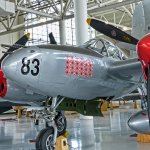
USC Engineering secured its first major research contract in 1944 in the amount of $10,000 from Lockheed Aircraft for studies of spot-welding aluminum alloy.



